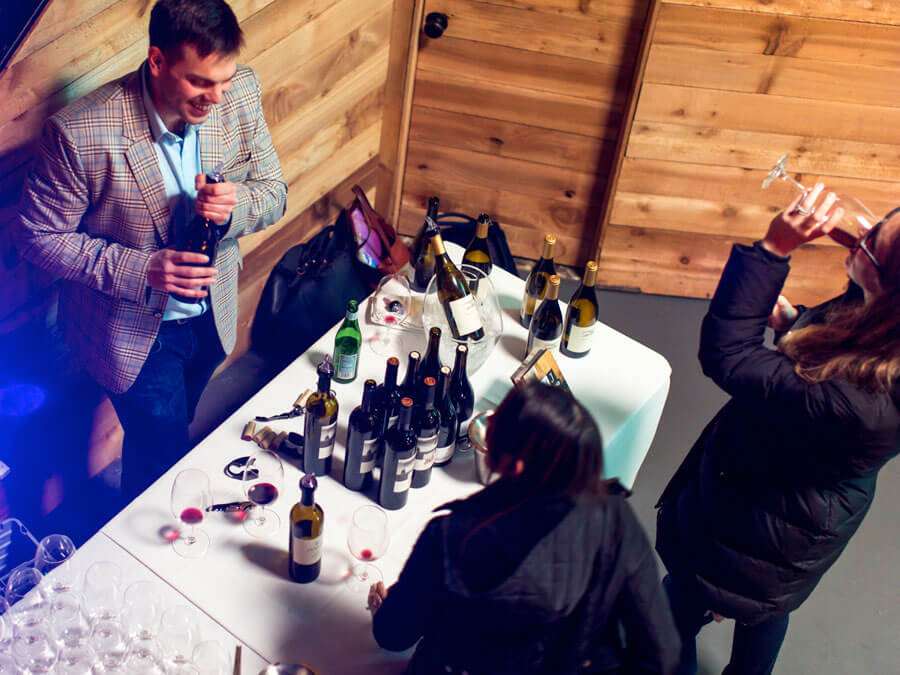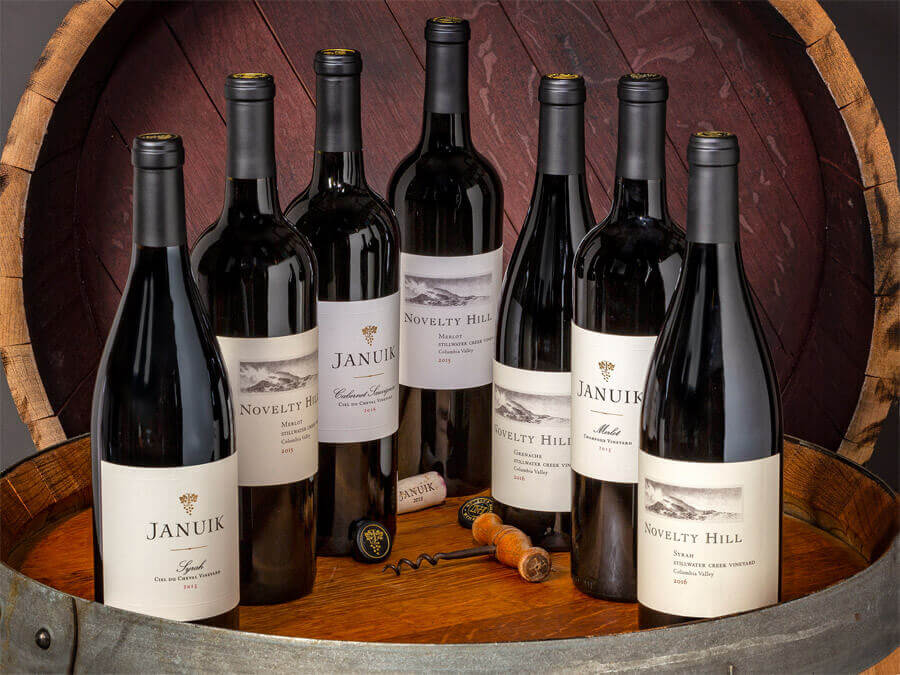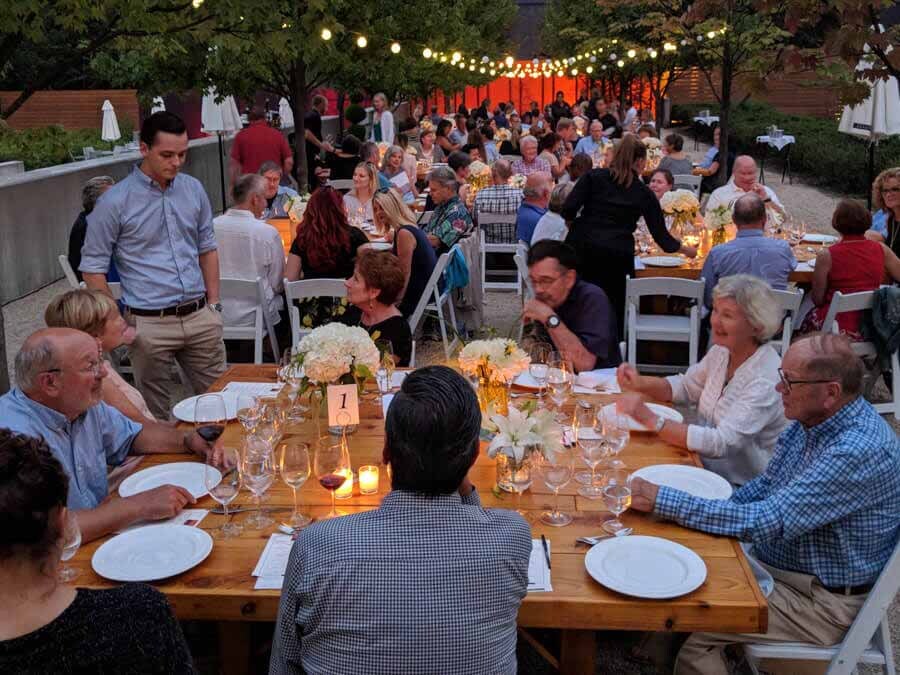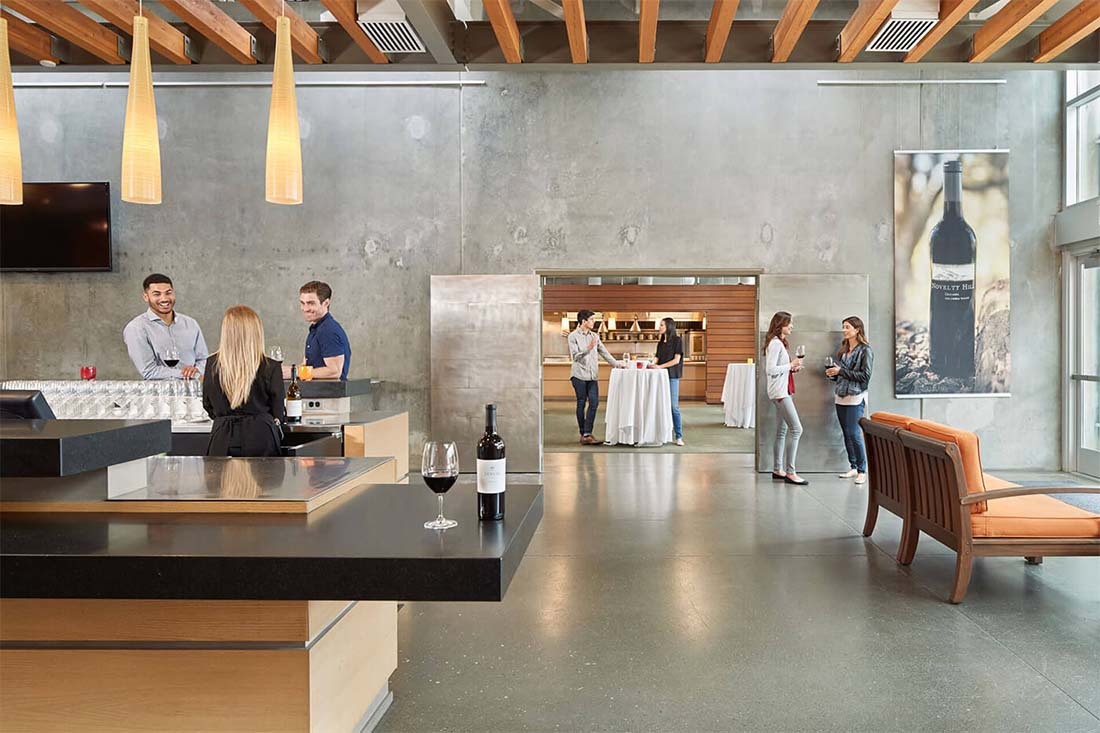Why Rhone Rules in Washington State
Rhône wines as a category, including wines made from such stellar red grapes as Syrah and Grenache and aromatic whites including Roussanne and Viognier, carry the geographic name of their origin. Originally cultivated in the Rhône Valley of France, these complex, collectible wines of character are now planted the world over, with France, Australia, Spain and Argentina leading the way.
In Washington State, there are significantly fewer acres of Rhône grapes grown than Cabernet Sauvignon, Merlot, Chardonnay or Riesling, but plantings continue to expand here, in part due to the increasing attention Washington Syrah has gained world-wide. As with any great wine, the key to its success is found in the vineyards. Grapes are grown in Eastern Washington’s dry, arid Columbia Valley, where the combination of warm, cloudless summer days and cool fall evenings produce wines with ripe, full flavor and excellent acidity.
Syrah, originally grown in the Northern Rhône, provides the backbone for the prized bottling of Hermitage, Côte Rôtie and St. Joseph AOCs, among others. The grape thrives under the hot growing conditions of the Northern Rhône, and the same is true in the Columbia Valley. Washington Syrah is remarkably diverse, bringing a sense of place to every bottle, with styles ranging from brooding and savory to ripe and fruit-forward.
At Novelty Hill’s estate vineyard, Stillwater Creek on the Royal Slope of Washington State’s Columbia Valley, Syrah is planted on a south-facing slope in soils filled with fractured basalt. Stillwater Creek Vineyard Syrah comprises a significant portion of Novelty Hill’s Columbia Valley Syrah. It yields deep, concentrated wine grown from clones 1, 99, 174 and Joseph Phelps, making Stillwater Creek home to one of the most diverse Syrah clonal selections in the state.
Grenache Noir, the world’s most widely planted premium red grape, is just coming into its own in Washington State. Originally cultivated in the Southern Rhône Valley and made famous the world over by the outstanding wines of Châteauneuf-du-Pape, Grenache was first planted in Washington in the 1960s but the vines proved susceptible to Washington’s cold winters, and growers nearly walked away from the grape. Since the turn of the millennium, however, vineyard owners have become more selective about where they plant Grenache, yielding decisively better results. At Stillwater Creek, winter weather is a bit milder than other parts of the Columbia Valley, allowing the variety to thrive. During the growing season, the vines are cropped for low yields, resulting in medium-bodied wines with a textured mouth feel and refined tannins.
Viognier, Northern Rhône’s most widely planted white grape, came close to near extinction at one time when plantings slipped below 100 acres in the tiny AOC of Condrieu. While plantings in Washington remain small, this richly aromatic wine has a loyal following, and white wine lovers looking for an alternative to Chardonnay particularly favor it. Sometimes co-fermented with Syrah, Novelty Hill Viognier stands on its own, consistently earning 90+ ratings.
Like Viognier, Roussanne was originally cultivated in the North Rhône but is now also grown in the south. It is another white Rhône wine prized for its aromatics. The grape derives its name from the russet or “roux” color of the grape skins. At Stillwater Creek, more than one visitor has commented on the soil’s similarity to the Rhône, perhaps one reason why Rhône varieties like Roussanne thrive here.












